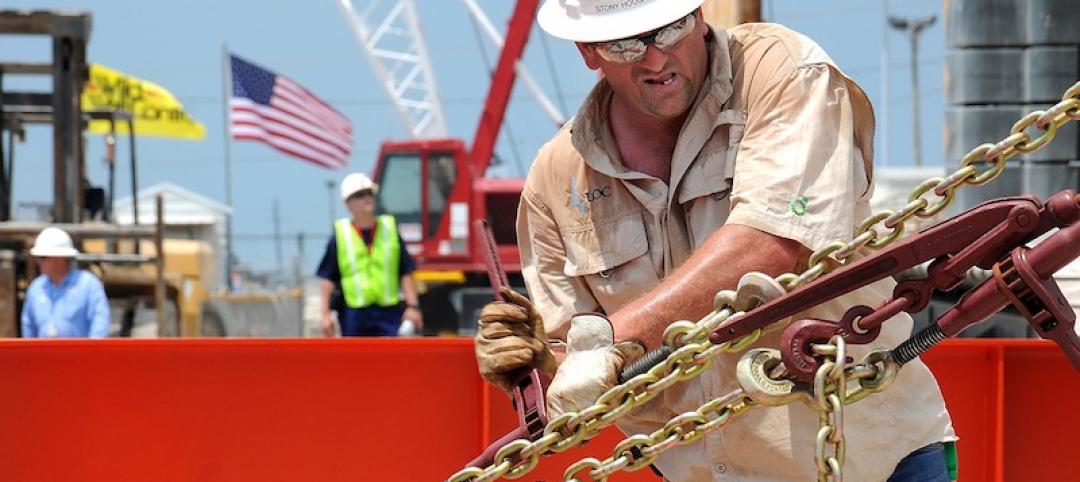Cushman & Wakefield’s 2022 Americas Office Fit-Out Cost Guide found supply chain constraints and shifting consumer demands will continue to add pressure to costs, both in materials and labor.
Increases in construction and customer demand for durable and non-durable goods have driven supply chain disruptions over the past two years. COVID-19 outbreaks and labor shortages have also wreaked havoc through ports and on trucking, transportation, and distribution capacities. The supply chain stress indices for both China and the U.S. ended 2021 up over 40% from pre-pandemic levels.
For office construction and fit-outs, these stressors have created increased delays, greater uncertainty, and higher costs. There appears to be some light at the end of the tunnel, though,
as the supplier delivery index that measures manufacturer delays has been receding
since the middle of 2021, the report says.
The waning of the pandemic may add more fuel to cost pressures, however, as office tenants are targeting the first half of 2022 for employees to return to a more standard office attendance model. “As office space usage increases, we expect organizations will expand their piloting and testing of different types of layouts related to hybrid work,” the report says. “This is likely to increase the amount of fit-out and office space construction activity in the coming quarters, creating even more demand for materials and labor.”
Related Stories
Codes and Standards | Dec 10, 2019
Utilities rolling out more grid-interactive efficient building programs
Focus is on energy savings and demand flexibility.
Codes and Standards | Dec 9, 2019
Canada’s Zero Carbon Building Standard reports first 10 certifications
Projects include new and existing offices, schools, and warehouses.
Codes and Standards | Dec 6, 2019
New research examines flood mitigation policies in the U.S.
Thirteen states or cities have adopted effective measures; some restricting development in vulnerable areas.
Codes and Standards | Dec 5, 2019
USGBC unveils vision for LEED Positive
Roadmap will lay foundation for a future LEED that is regenerative.
Codes and Standards | Dec 5, 2019
Report shows reducing embodied carbon can save money and help mitigate climate change
Embodied carbon now accounts for 11% of global greenhouse gas emissions.
Codes and Standards | Dec 5, 2019
Dubai, London and New York are 2019’s ‘Construction Mega Cities’
From 2007 to 2025, GlobalData expects the cities’ combined gross domestic product (GDP) to increase by more than US$8 trillion to US$20.4 trillion.
Codes and Standards | Dec 2, 2019
New GBCI certification recognizes expertise in sustainability
Provides third-party verification of competency to ‘making the world more economically, socially, and environmentally sustainable.’
Codes and Standards | Dec 2, 2019
New tool allows users to learn how to reduce embodied carbon
Calculator delivers first digitized EPDs.
Codes and Standards | Dec 2, 2019
Trade group challenges St. Petersburg, Fla., ordinance on construction contract mandates
Legality of requirement to hire apprentices, disadvantaged workers at issue.
Building Owners | Dec 2, 2019
What building owners and AEC teams need to know about New York’s Climate Mobilization Act
On April 18, 2019, the New York City Council passed the Climate Mobilization Act, a suite of laws aimed to meet the city’s commitment to achieving carbon neutrality by 2050.

















